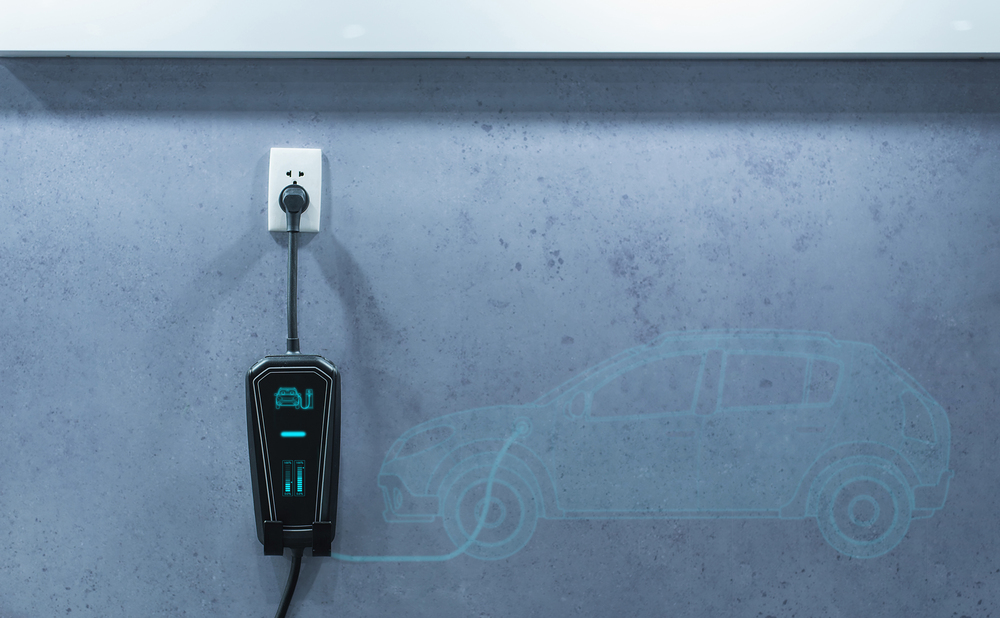
The rise of electric vehicles (EVs) is not just transforming transportation but is poised to reshape energy management through vehicle-to-grid (V2G) technology.
V2G enables bidirectional energy transfer, allowing EVs to supply energy back to the grid, effectively turning them into mobile batteries. This innovation, wrote Shazan Siddiqi, senior technology analyst and technical sales at IDTechEx in a report, is part of the broader vehicle-to-everything (V2X) technology trend, which includes vehicle-to-home (V2H) and vehicle-to-load (V2L) capabilities.
Some EVs already leverage V2X, including models like the Nissan Leaf, Volkswagen ID.4, and Ford F-150 Lightning, enabling vehicle-to-grid connectivity. Other vehicles, such as the Hyundai Ioniq 5 and Kia EV6, support V2L, allowing them to power devices directly.
Automakers and grid operators are beginning to recognize the potential for these technologies to enhance grid resilience, lower energy costs and provide backup power solutions, Siddiqi observed.
DC vs. AC V2G systems
There are two primary approaches to V2G technology, based on the location of the inverter. In direct current (DC) systems, the inverter is housed within the charging station, offering higher discharge rates of 15 to 100 kW. These systems are efficient but require costly DC charging infrastructure. Alternating current (AC) systems place the inverter inside the vehicle, lowering infrastructure costs but limiting discharge rates.
As more EV models adopt V2G the annual share of bidirectional-capable light-duty EVs in the US is expected to climb from 5 per cent in 2023 to over 20 per cent by 2028, according to IDTechEx.
The Future of V2G Technology
Heavy-duty EVs, such as buses and freight vehicles, are emerging as strong candidates for V2G integration due to their large battery capacities and predictable usage patterns, Siddiqi wrote. Trials in North America have demonstrated the potential of school buses to provide grid support.
For V2G to reach mainstream adoption, collaboration between automakers and energy providers is essential. Efforts to standardize infrastructure and develop dynamic pricing models are underway to ensure V2G becomes a practical and accessible feature. With advancements on the horizon, EV owners could soon play an active role in energy ecosystems, supporting a more resilient and flexible grid.
Related Posts
Comments
-
No thanks. This would be no different than the government siphoning gas from your ICE vehicle in an “emergency” while you’re sleeping. Who in their right mind would sign up for that? If they want to suck the power out of a government-owned bus, go ahead. But a privately owned vehicle? How Orwellian can you get?



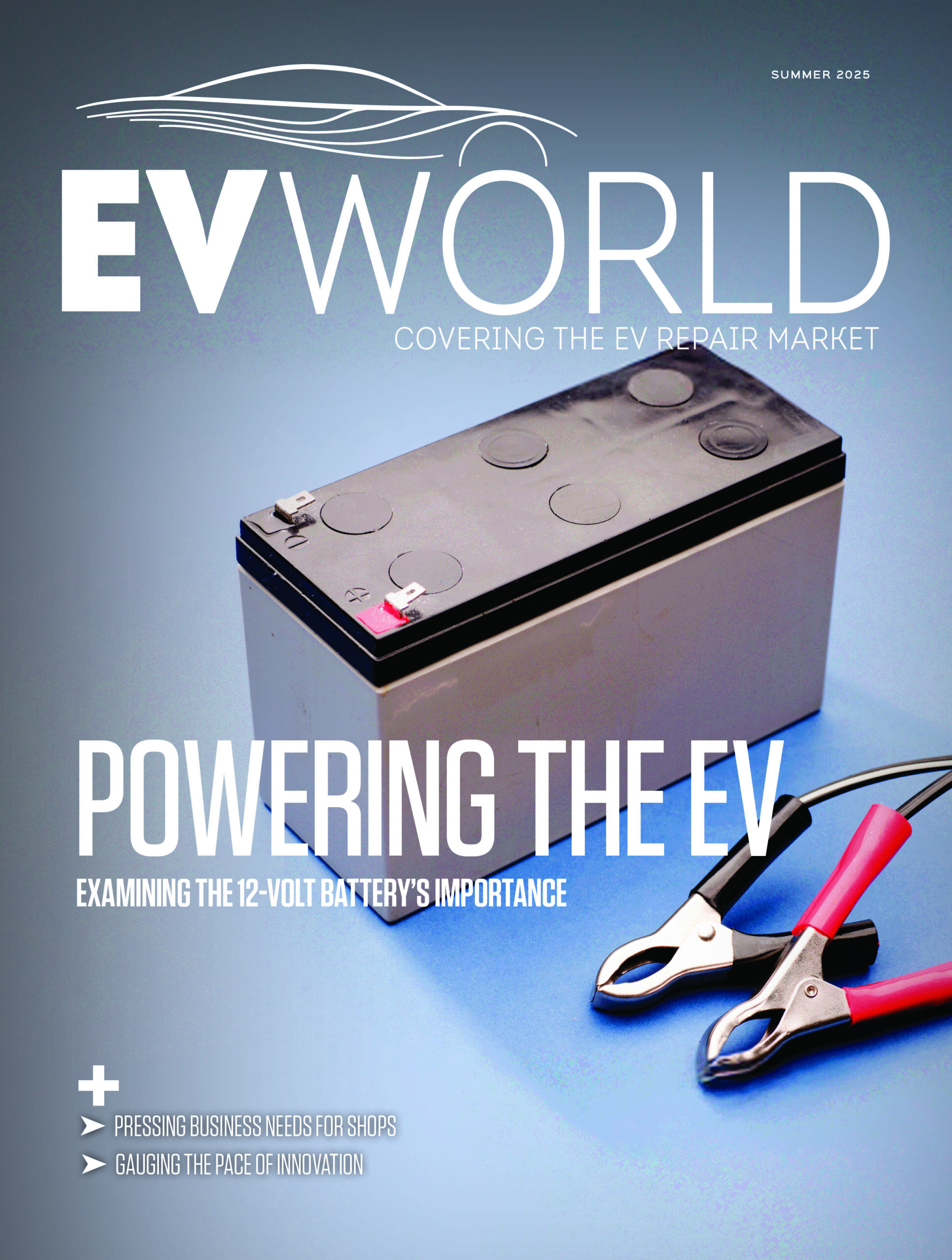


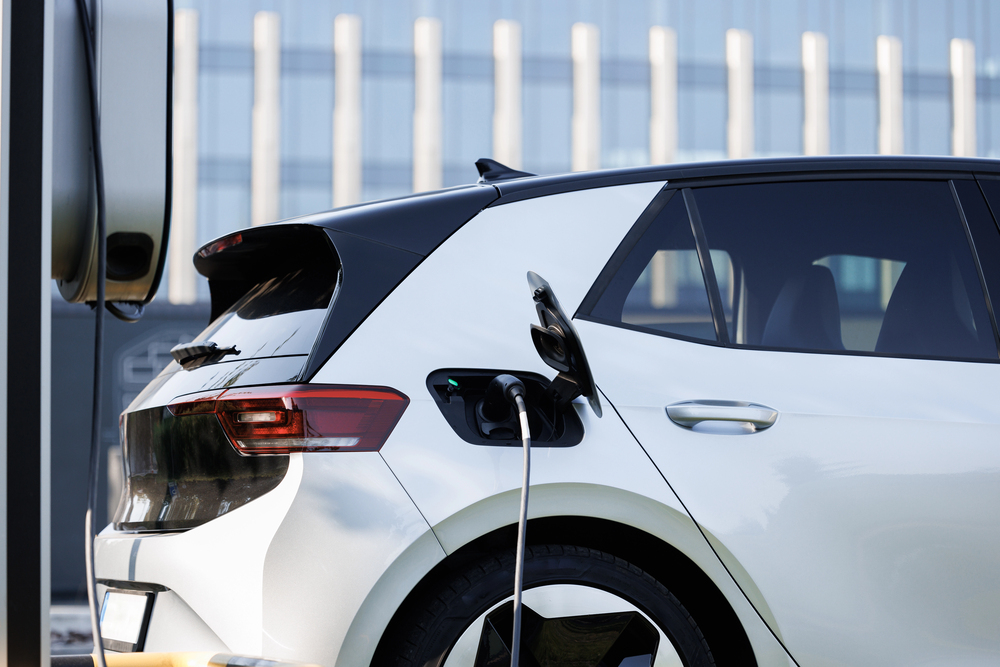

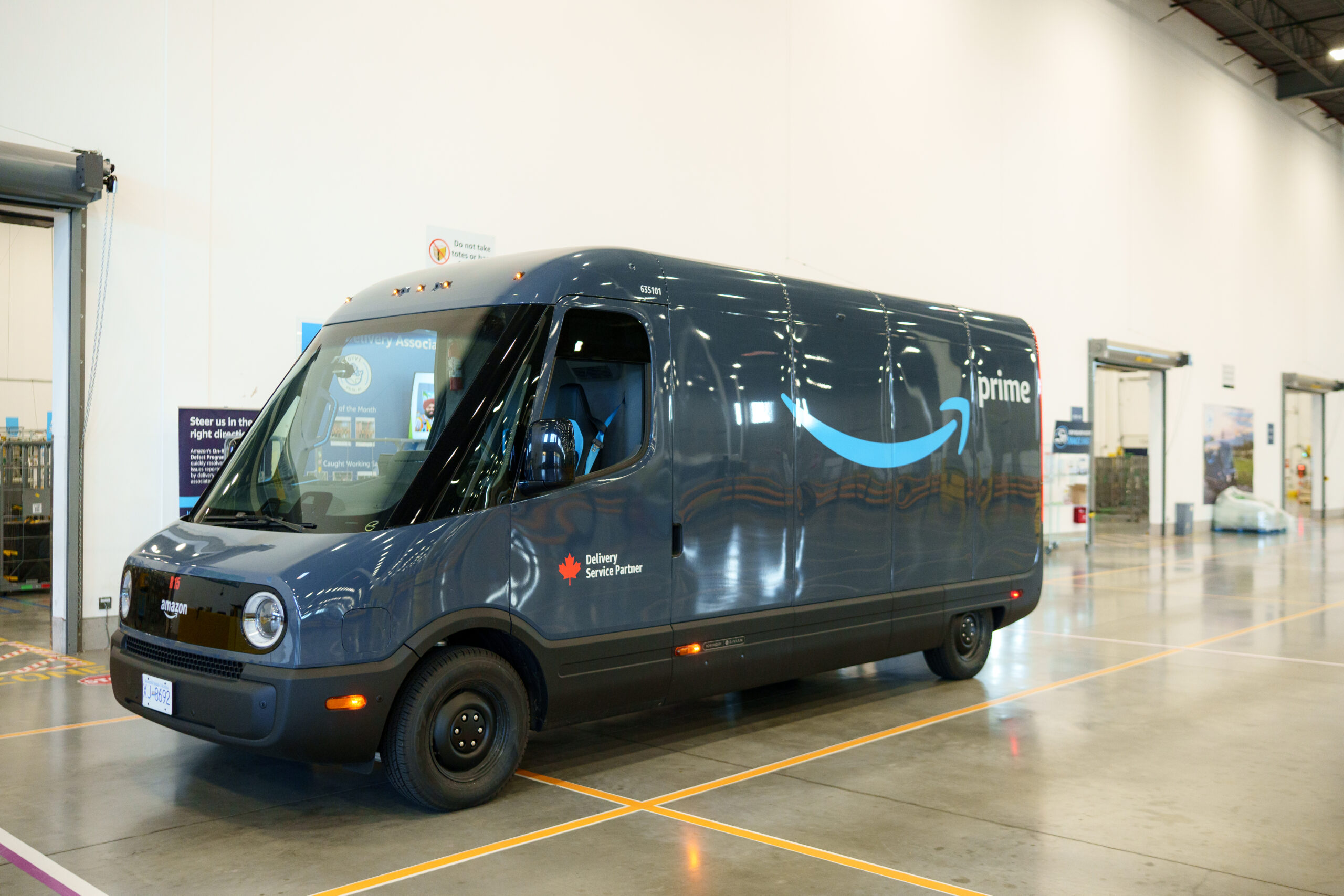
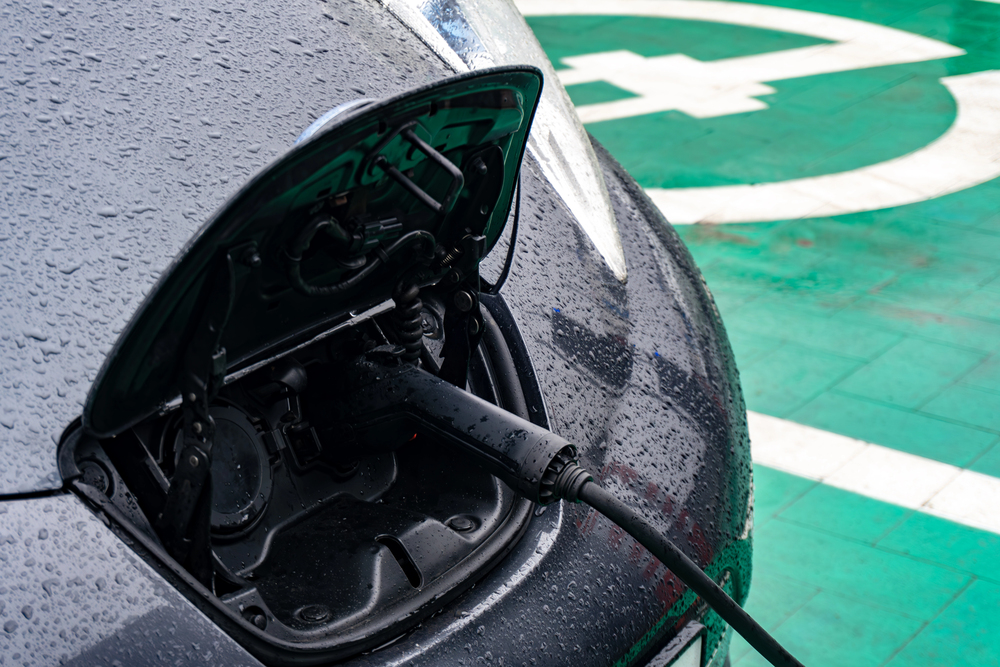

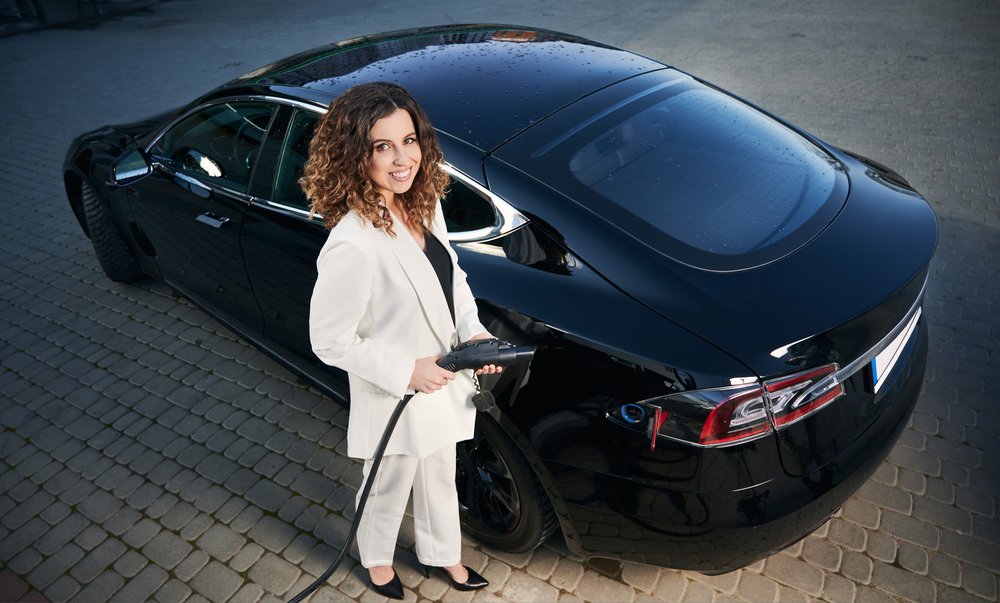
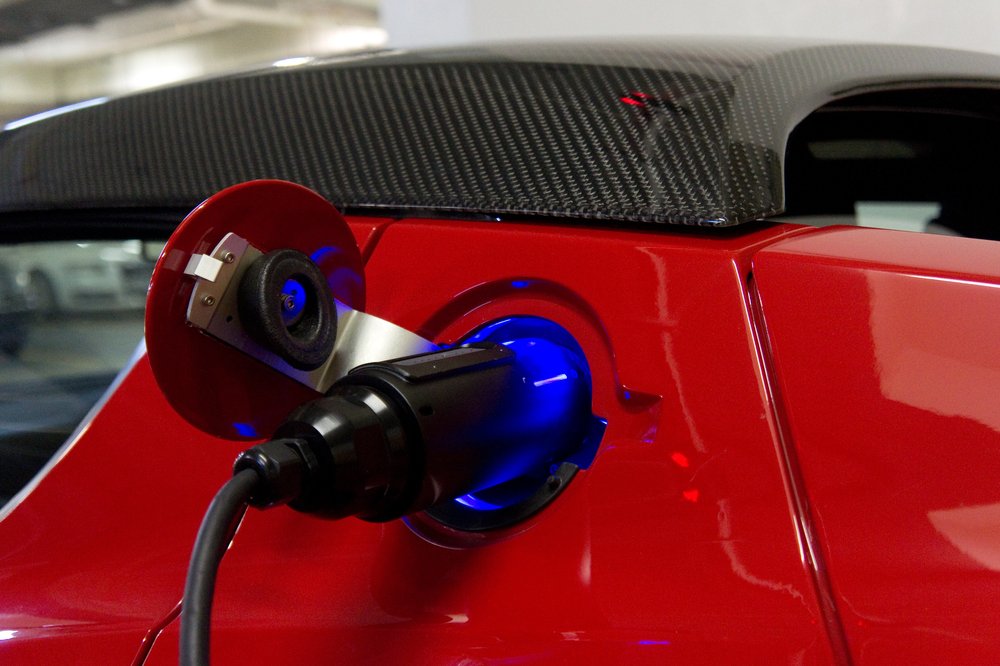
Leave a Reply